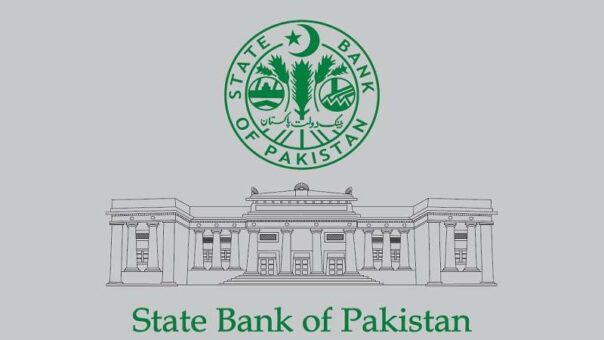Karachi, January 11, 2024 – The federal government has borrowed an unprecedented Rs 4.28 trillion during the first half (July – December) of the current fiscal year 2023-24, marking a substantial surge compared to the corresponding period last year.
Official data released on Wednesday by the State Bank of Pakistan (SBP) sheds light on the fiscal dynamics that led to this significant increase in government borrowing.
According to the SBP, the federal government borrowed Rs 4.28 trillion from commercial banks in the first half of the current fiscal year, a staggering contrast to the Rs 280 billion borrowed during the same period in the previous fiscal year. The increase of 1428 percent in borrowing highlights the financial challenges and resource requirements faced by the government.
This spike in borrowing is particularly noteworthy when compared with the borrowing trends of the last two fiscal years. In the fiscal year 2022-23, the government borrowed Rs 3.72 trillion, while in the fiscal year 2021-22, the borrowing amounted to Rs 3.45 trillion. The current borrowing figure for the first half of FY24 has already surpassed the cumulative borrowing from commercial banks in the last two fiscal years.
The government typically resorts to borrowing from commercial banks for budget financing, achieved through the sale of market treasury bills and Pakistan Investment Bonds (PIBs). However, the scale of borrowing in the first half of the current fiscal year has raised eyebrows and prompted concerns about the sustainability of the government’s fiscal strategy.
Analysts attribute this substantial shift in borrowing patterns to the government’s decision to retire a significant amount of State Bank of Pakistan (SBP) borrowings. In the first half of the current fiscal year, the government retired an amount totaling Rs 1.65 trillion, a substantial increase compared to the borrowing of Rs 136 billion during the same period in the previous fiscal year. This strategic move, while reducing the government’s reliance on the central bank, has led to an increased dependence on commercial banks for meeting fiscal requirements.
The implications of such massive borrowing extend beyond the immediate financial landscape. Questions arise regarding the impact on inflation, interest rates, and the overall economic stability of the country. Concerns about the sustainability of the government’s fiscal policies persist, prompting economists and financial experts to scrutinize the details and implications of this unprecedented borrowing spree.
As the government grapples with economic challenges and endeavors to meet its financial obligations, the coming months will likely see increased scrutiny and discussions surrounding the long-term fiscal health of the nation. The sustainability of such extensive borrowing remains a critical subject for stakeholders, and its repercussions on the broader economy will undoubtedly be a focal point of economic discourse in the days ahead.
